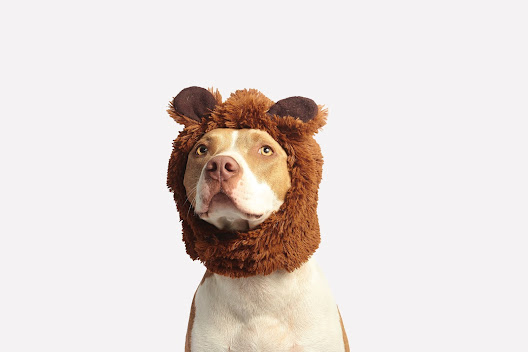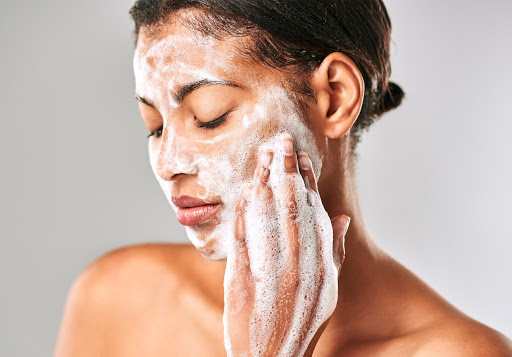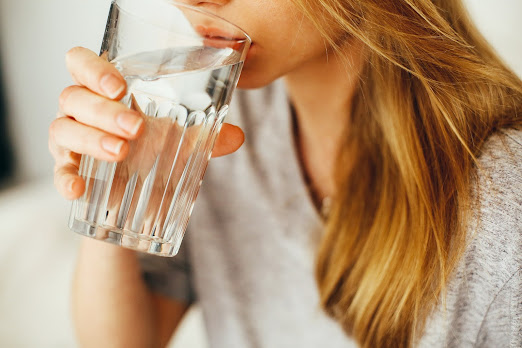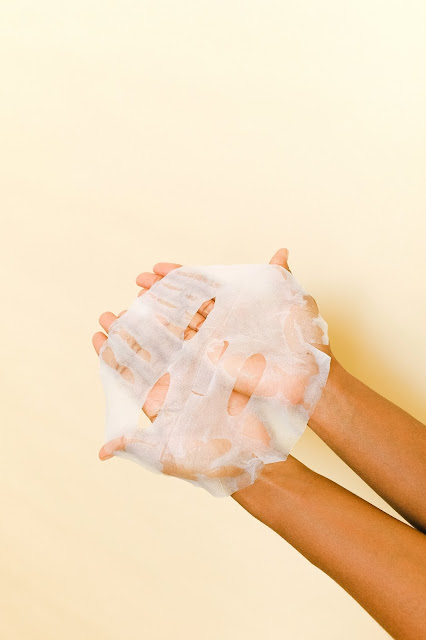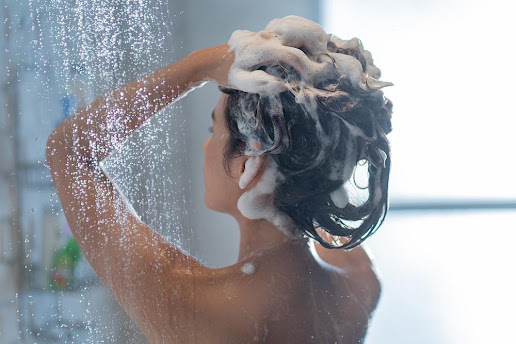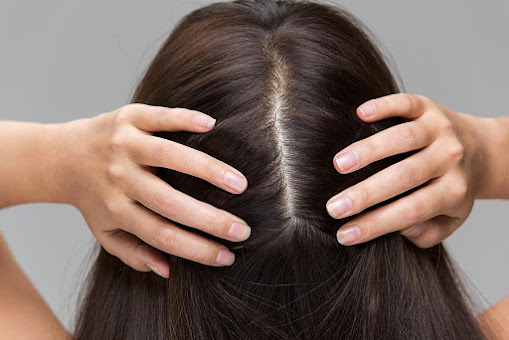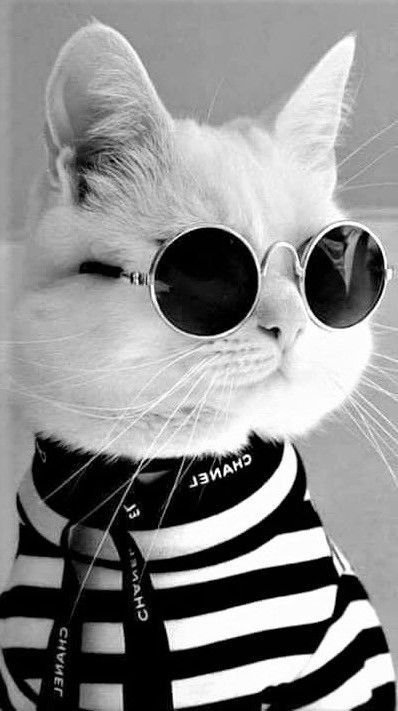Whether you have two legs or four legs, fear can be a miserable experience. Unfortunately, our furry children are not immune to anxiety. Many dogs suffer from anxiety, be it only during thunderstorms or a slight permanent fear. How can you tell if your dog is scared? What can you do to help your dog if he's scared? Here are signs your dog is scared and how you can help.
Signs of anxiety in dogs
- Aggression
- Tucked tail
- Peeing or pooping in the home
- Drooling
- Yawning
- Panting
- Licking their nose
- Depression
- Destructive behavior
- Hiding
- Excessive barking
- Shaking
- Pacing
- Expressing anal glands
- Repetitive behaviors
- Fear
- Age
- Separation
- Try a thunder shirt. Ideal for dogs with situational anxiety, compression wraps like the Thunders Hirt can make your dog feel like they're being hugged, which can help reduce their anxiety.
- Play calming music. Just as a little Mozart or Beethoven can help you relax, it can have the same effect on your pooch. There are even some YouTube channels that offer soothing music and videos especially for dogs.
- Leave your scent behind when you leave. Dogs are soothed by their smell. So leaving behind a shirt or other item of clothing that you recently wore can help your dog relax when you are not around. If you're worried about your dog chewing up your favorite shirt, try the Comfort Cuddler.
- Read your dog's body language: If you can learn to recognize the signs that your dog is feeling uncomfortable, you can remove your dog from the situation or use positive reinforcement to give your dog more comfort and a positive association.
- Socialization: The more situations, people, and other dogs you can introduce your dog to when you first bring him home, the less likely your dog will become afraid of these things. Socialization is especially important for puppies. A lack of socialization as a puppy can lead to lifelong anxiety.
- Obedience training: Obedience classes are not only a great opportunity for your dog to socialize, but training also helps develop a strong bond between the two of you. Your dog will learn to seek advice in situations where he is unsure of himself.
- Diet and exercise: A physically healthy dog is also more likely to be mentally healthy. Dogs that lack exercise can get bored, and that boredom can turn into fear. Likewise, poor nutrition can make your dog feel uncomfortable, which can lead to anxiety.
- Avoiding situations that cause fear: For example, if other dogs make your dog anxious, try taking him for a walk when there are fewer dogs around and avoid areas that tend to have more dogs, such as the streets. If your dog is scared of being alone, consider hiring a pet sitter or taking your dog to a dog daycare while at work.
NOTE: PLEASE Use the Older Post and Newer Post buttons just below comment box to navigate between posts.

